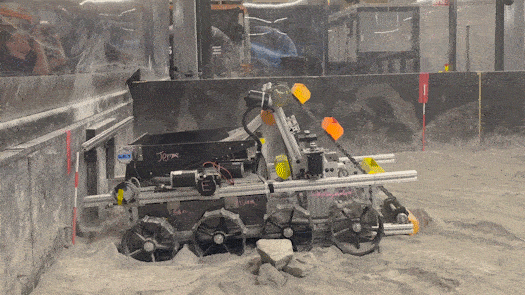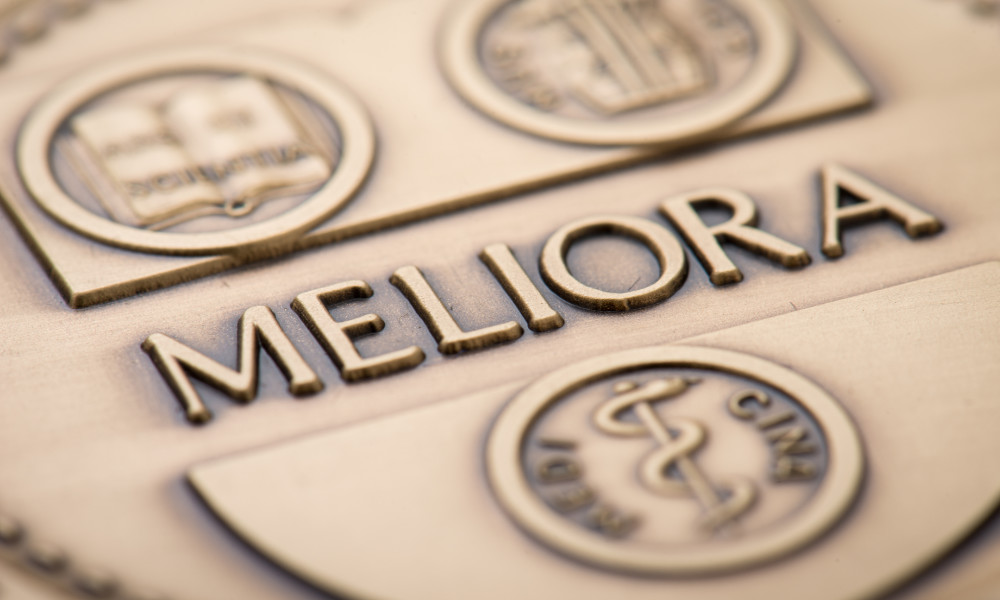Annual competition’s goal is to explore and illuminate the aesthetic beauty that results when science, art, and technology intersect.
What do electron microscopes, decellularization, and immunofluorescence have in common with an artist’s palette of oil paints?
University of Rochester students and researchers deftly used cutting-edge lab technologies like these to create many of the images entered in this year’s annual Art of Science Competition. The goal of the competition, which is sponsored by the Hajim School of Engineering and Applied Sciences in collaboration with River Campus Libraries, is to “explore and illuminate the aesthetic beauty that results when science, art, and technology intersect.”
The competition, which was open to currently enrolled students, faculty, and staff at the University, received 48 submissions representing 16 different disciplines, according to Brian McIntyre, director of operations at URNano and one of the organizers of the competition. Nearly 400 members of the University community cast their votes for the People’s Choice award.
The prizes are $1,000 for first place, $500 for second place, and $250 each for third place and People’s Choice. The winning entries will be displayed in Carlson Library.
“The Art of Science competition highlights the importance of communicating science in accessible and engaging ways,” says Wendi Heinzelman, dean of the Hajim School. “The submissions this year were truly breath-taking, and the creativity of our students, faculty and staff is always inspiring.”
Heinzelman announced the winners at an in-person, outdoors event as a part of a celebration of the 75th anniversary of the ASME (American Society of Mechanical Engineers) student chapter.
First place
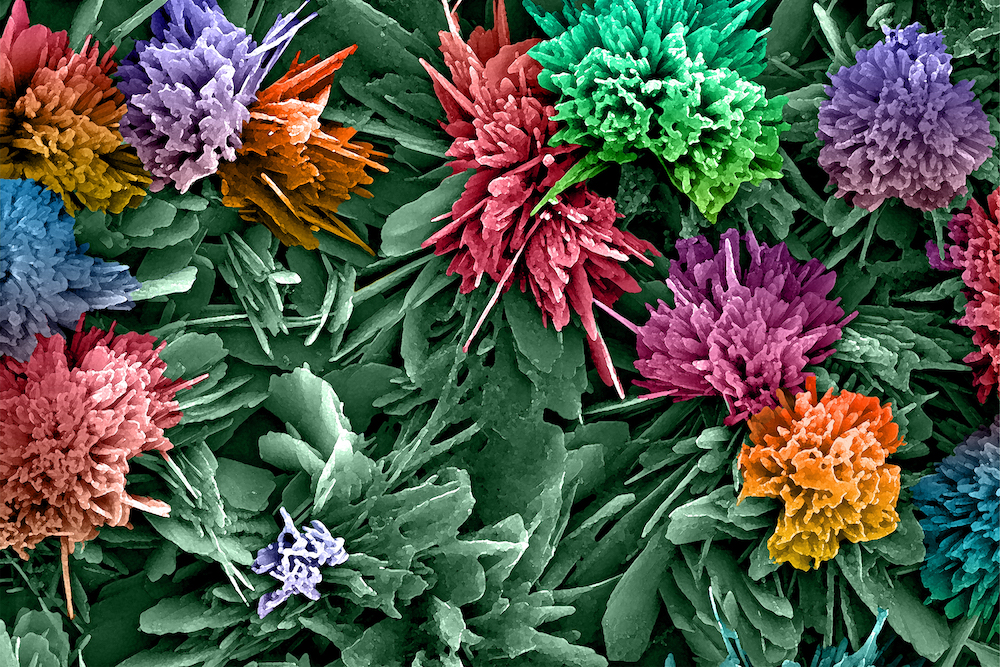
“Crystals in Bloom”
Michael Klaczko
Chemistry, PhD candidate
Klaczko used a scanning electron microscope to capture an image of hydroxyapatite crystals. He then added colors in Photoshop to produce the final image.
“The bursts of color and familiar flower forms will intrigue and inspire thought about crystal growth and ordered structure at the micro-scale,” Klaczko says. “The relationship of a material which comprises our bone to the natural and macroscopic world will convey not only the power of electron microscopy but also the similarities that the inorganic and organic world share which may not be obvious.
Second place and People’s Choice
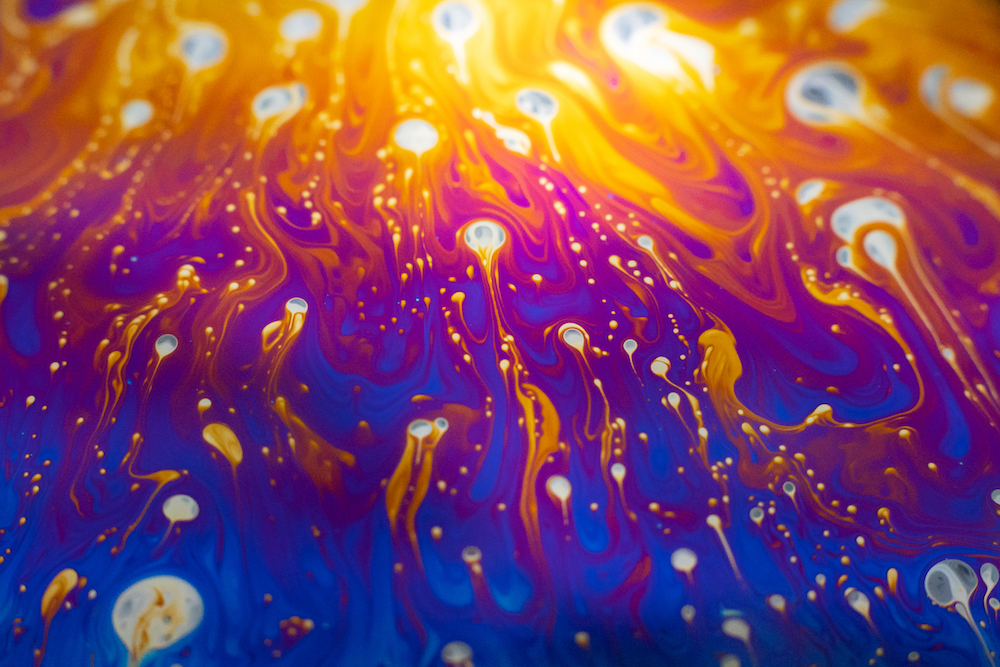
“Iridescence in Motion”
Benjamin Margulies ’24
Optics
Margulies used commonplace items and simple processes—shining light onto a soap bubble and capturing the image through a camera lens.
“This image shows the absolute magic that is light,” he says. “What we observe as all these different colors is the white light being broken up into its component wavelengths by interference.”
Third place
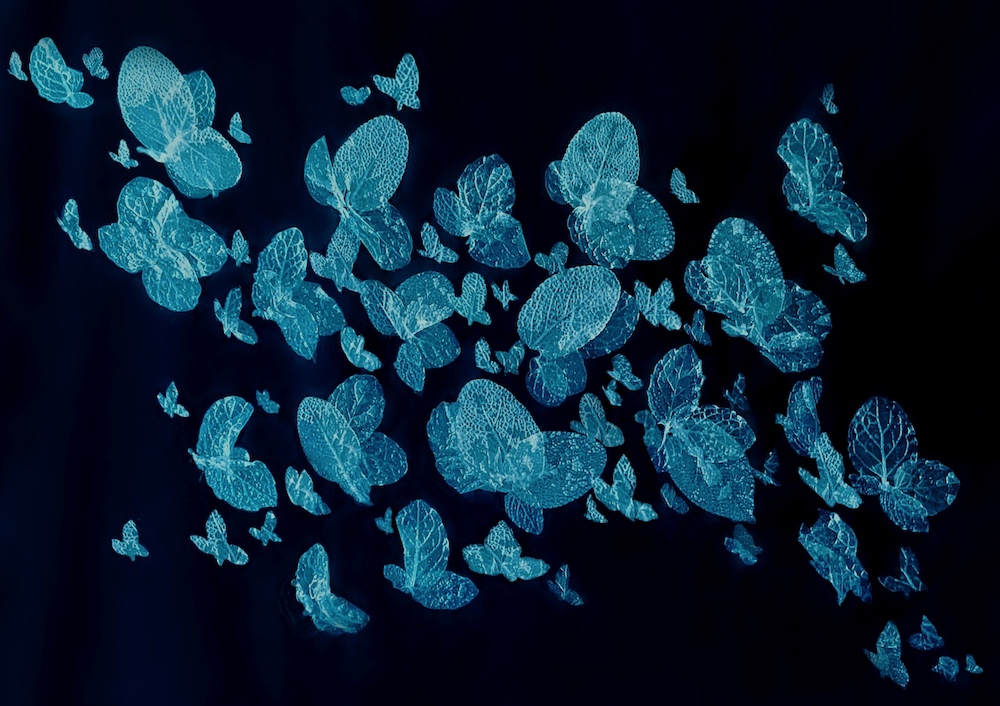
“The Butterfly Effect”
Anna Lussier ’23
Studio arts
Sarah Broas ’23
Biochemistry
Lussier borrowed a tissue-engineering technique from her collaborator, Sarah Broas ’23, to show how the injection of sodium dodecyl sulfate explodes the contents of a cell, leaving behind, in this case, the cellulose structure of a leaf. Multiple leaves were arranged to create the final image.
Lussier says the image speaks to the problem of public distrust of science. “Our piece proposes that transparency is key to regain the public’s trust. Small steps towards this goal will achieve a more expansive societal shift—the butterfly effect.”
Read more
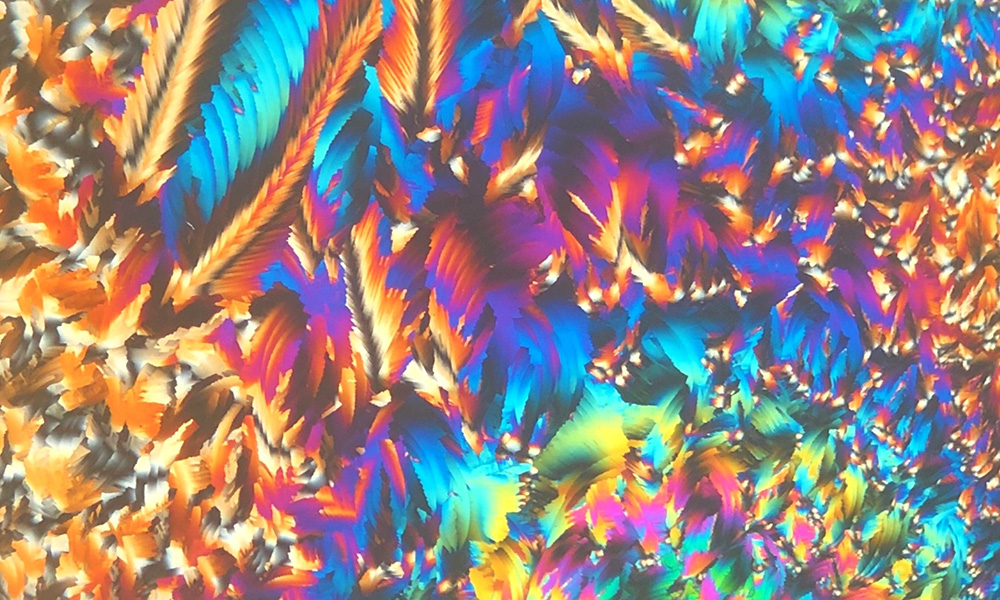 2020 Art of Science competition a welcome respite from COVID-19
2020 Art of Science competition a welcome respite from COVID-19
A student’s dazzling image of recrystallized urea, viewed under a microscope and shot with an iPhone, takes the top prize in the annual competition.
 Finding the ‘Art of Science’ in a dandelion
Finding the ‘Art of Science’ in a dandelion
The Art of Science Competition continues to embody the “complex yet elegantly simple” systems found in nature, in engineering, and in all scientific fields, as this year’s winners show.

